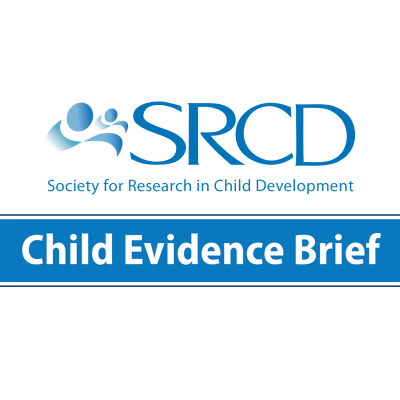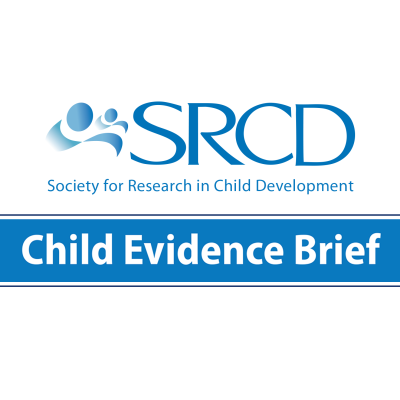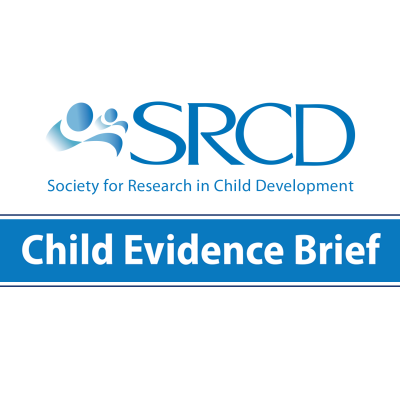Research-Practice Partnerships: Building Engagement To Benefit Children and Youth
Why Does This Matter?
Gaps exist between research and practice, with some researchers expressing frustration that practitioners do not use or misuse research findings, and some practitioners saying research is not relevant to their work or not easily accessible or understood. In research-practice partnerships, which have proliferated recently, researchers and practitioners work together in new ways to improve education and human services. Instead of bringing research to practice, these partnerships sustain a dynamic relationship between research and practice, drawing on practice needs to shape research agendas. In so doing, they can enhance outcomes for children and youth.
Research-practice partnerships are long-term collaborations allowing researchers and practitioners to build joint research agendas, embed data and research in ongoing work, build knowledge from project to project, and integrate lessons learned into practice and policy.
Background
- Research-practice partnerships are long-term, mutual collaborations between practitioners and researchers to investigate problems of practice and identify solutions to improve outcomes. They exist in fields such as education, child welfare, child mental health, and criminal justice.
- There are multiple types of research-practice partnerships. In education, some focus on conducting descriptive and intervention research on questions facing school districts, while others co-design and test education innovations. Partnerships in child welfare and child mental health often focus on implementing evidence-based practices.
- Three principles set research-practice partnerships apart:
- Mutualism, in which researchers and practitioners work together to define a research agenda that addresses issues important to practitioners’ work and simultaneously fits researchers’ interests and expertise,
- Commitment to long-term collaboration, in which knowledge is built over time and partners can examine complex problems and improve implementation of policies, programs, or practices, and
- Trusting relationships, in which partners communicate reciprocally and can continue working together even when evaluations and data analyses provide unexpected or disappointing results.
- Research and practice partners must negotiate the roles each play and determine who will staff responsibilities. Most establish written agreements; some form steering committees of diverse stakeholders who set research agendas.
Case Studies
- The University of Chicago Consortium on School Research, a longstanding education-focused part- nership, offers lessons on how partnerships can evolve and adapt:
- This partnership began when the state legislated reform of the Chicago Public Schools in the 1980s, shifting authority from the central office to local schools and giving principals four-year contracts. City stakeholders were eager for progress reports from a trustworthy source.
- The initial research agenda came from broad public engagement, including focus groups with stakeholders in the schools and community.
- The partnership’s mission has evolved to involve providing research and analytic support to inform school improvement efforts and closer collaboration with the district on setting the research agenda.
- A research-practice partnership initiated by the Administration for Children and Families in the U.S. Department of Health and Human Services involves research and program offices in a government agency. This partnership illustrates how participants can negotiate the early stages and indicates the potential for such partnerships within federal agencies:
- The partnership between the Office of Family Assistance, which oversees grants to local communities to provide services related to healthy marriage and responsible fatherhood, and the Office of Planning, Research, and Evaluation, helps address a historical mistrust of research by programs.
- Together, program and research staff identify questions that data or research can answer to improve program operations, monitoring, and outcomes.
- An annual memorandum of understanding lays out projects, budget allocations, and staffing.
Implications
- Fulfilling the promise of research-practice partnerships will require taking the long view on research and practice improvement. Learning and innovation will be required on all sides.
- For researchers:
- New approaches will be needed in order to produce more useful research that meets practice needs and timelines;
- Training programs will be needed to equip researchers with nontraditional skills, including designing research agendas from a practice perspective and communicating research with diverse audiences;
- Incentives will be needed to reward researchers for conducting relevant and rigorous research.
- For practitioners:
- Organizational conditions will need to be designed so that evidence can more routinely and seamlessly be brought to bear in program deliberations, planning for practice improvements, and budgeting decisions.
- For policymakers:
- Bureaucratic barriers will need to be removed so that research and program offices can effectively collaborate within agencies and with external partners.
- For public and private funders:
- Funding will be needed for the operating and infrastructure costs to support communications with diverse stakeholders invested in research findings, maintenance of data archives, and relationship building to develop and sustain meaningful research-practice agendas. Funding for relationship development and planning are particularly important during transitions in agency leadership, when partnerships must adapt to new policy priorities and needs.
This brief summarizes a longer Social Policy Report, "Research‐Practice Partnerships: Building Two‐Way Streets of Engagement," by Vivian Tseng, Senior Vice President, William T. Grant Foundation; John Q. Easton, Vice President, Spencer Foundation; and Lauren H. Supplee, Program Area Director for Early Childhood Research, Child Trends.


